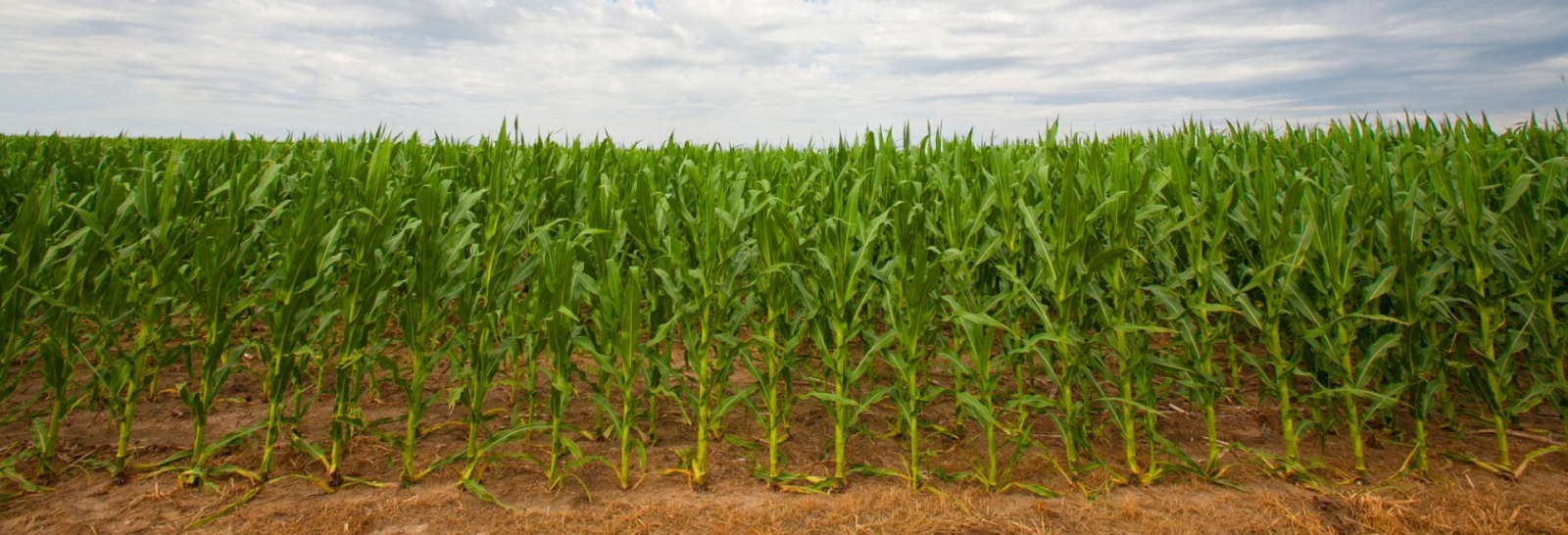August 16, 2011
This content requires Flash Download the free Flash Player now!
Get The Code to Embed This Audio Clip
This content requires Flash Download the free Flash Player now! var s1 = new SWFObject('http:real.unl.eduFlashFilesplayer1.swf','player','250','30','10'); s1.addParam('allowfullscreen','true'); s1.addParam('allowscriptaccess','always'); s1.addParam('flashvars','duration=228&file=http:real.unl.edupodcastCropwatch081611Zoubek081611.mp3&skin=http:real.unl.eduFlashFilessnel.swf'); s1.write('081611Zoubek');
Also access this audio in Quicktime format (iPad, iPod, etc.)
This season follow the crop water monitoring and irrigation decision-making for two eastern Nebraska fields -- one near York and one near Mead. Each week Gary Zoubek, extension educator in York County, will provide soil water monitoring information for two fields through podcasts, photos and updates in CropWatch.
Extension Educator Gary Zoubek shows an ear of corn at near full dent stage from a field in York County in central Nebraska. Milk line was about 14 to 13.
To stage soybean hold a pod up to a bright sky to see the small developing seeds in the pod cavities. At R6, when backlit by bright sunlight, you can see the cavity completely occupied by dark green seeds. (Photos by Gary Zoubek)
The crops in eastern Nebraska have continued to progress rapidly the past few weeks and for the second week in a row, we’ve received more rainfall than we had crop ET or water use. In the fields being monitored near York and Mead soybeans are in R4 to nearing R6 stages while corn is at beginning to full dent stage or 13 milk line.
Last week temperatures at York ranged from 79° F to 86° F and averaged 81° F for the week. The humidity also dropped and varied from 77% to 84%, averaging 80% for the week. Near Mead the average temperature was 82° F and the average humidity was 76%, 4 points less than at York.
For the week we received more rainfall then we had crop ET or crop water use. The ETgage at York dropped 1.2 inches while the one near Mead dropped 1.4 inches for the week. The York site received 1.5 to 2 inches of rain last week and the Mead site received just under 2 inches. None of the fields being monitored were irrigated this past week and most fields being monitored are near or at field capacity.
The corn fields being monitored are in full dent while soybeans are in R4 (the end of pod elongation) to R5 (the beginning of seed enlargement) to nearing R6 (the end of seed enlargement).
Now is the time to begin planning for the last irrigation of the season. To achieve full growth from now to maturity, corn will need approximately 5 inches of water. Soybeans at R4 will need 9 inches of water, those at R5 will need 6.5 inches, and those at R6 will need 3.5 inches of water. In the fields we’re monitoring, corn likely won’t need another irrigation this year. We’ll continue to monitor rainfall and crop water use to determine whether soybeans will need one.
For assessing the situation in your fields, see the Extension NebGuide, Predicting the Last Irrigation of the Season (G1871).
Hear more about irrigation management at this growth stage in the podcast (above) or view the podcast transcript.
More Information
Careful monitoring of crop water use can lead to fewer irrigations. For more information about these and other irrigation management tools, see CropWatch, Nebraska Ag Water Management Network, or email me at gzoubek1@unl.edu. Learn more about irrigation management strategies that save water and dollars at water.unl.educropswater.
Catch up with Previous Podcasts
This is the 11th in a series of irrigation management podcasts for eastern Nebraska from Gary Zoubek. Also see:
This content requires Flash Download the free Flash Player now!
Get The Code to Embed This Audio Clip
Extension Educator Gary Zoubek shows an ear of corn at near full dent stage from a field in York County in central Nebraska. Milk line was about 14 to 13.
To stage soybean hold a pod up to a bright sky to see the small developing seeds in the pod cavities. At R6, when backlit by bright sunlight, you can see the cavity completely occupied by dark green seeds. (Photos by Gary Zoubek)
